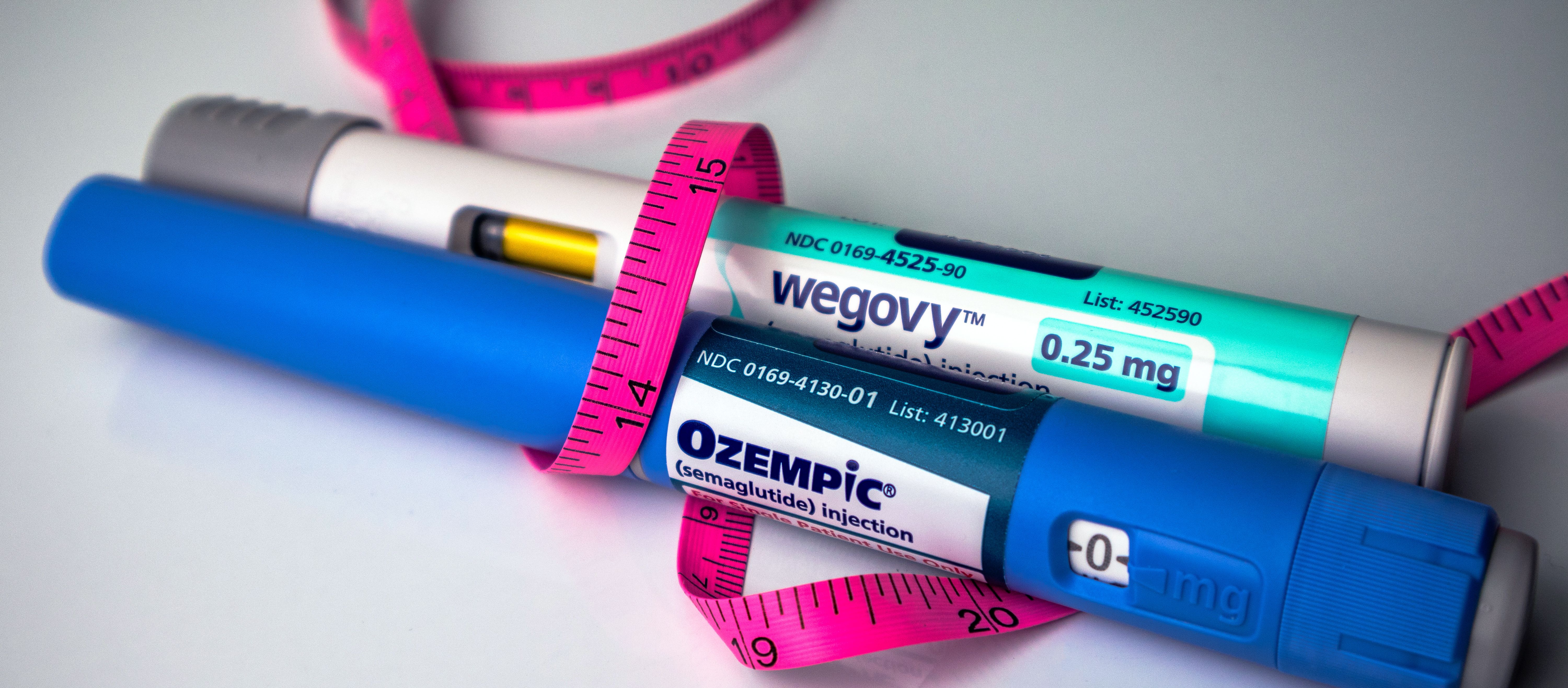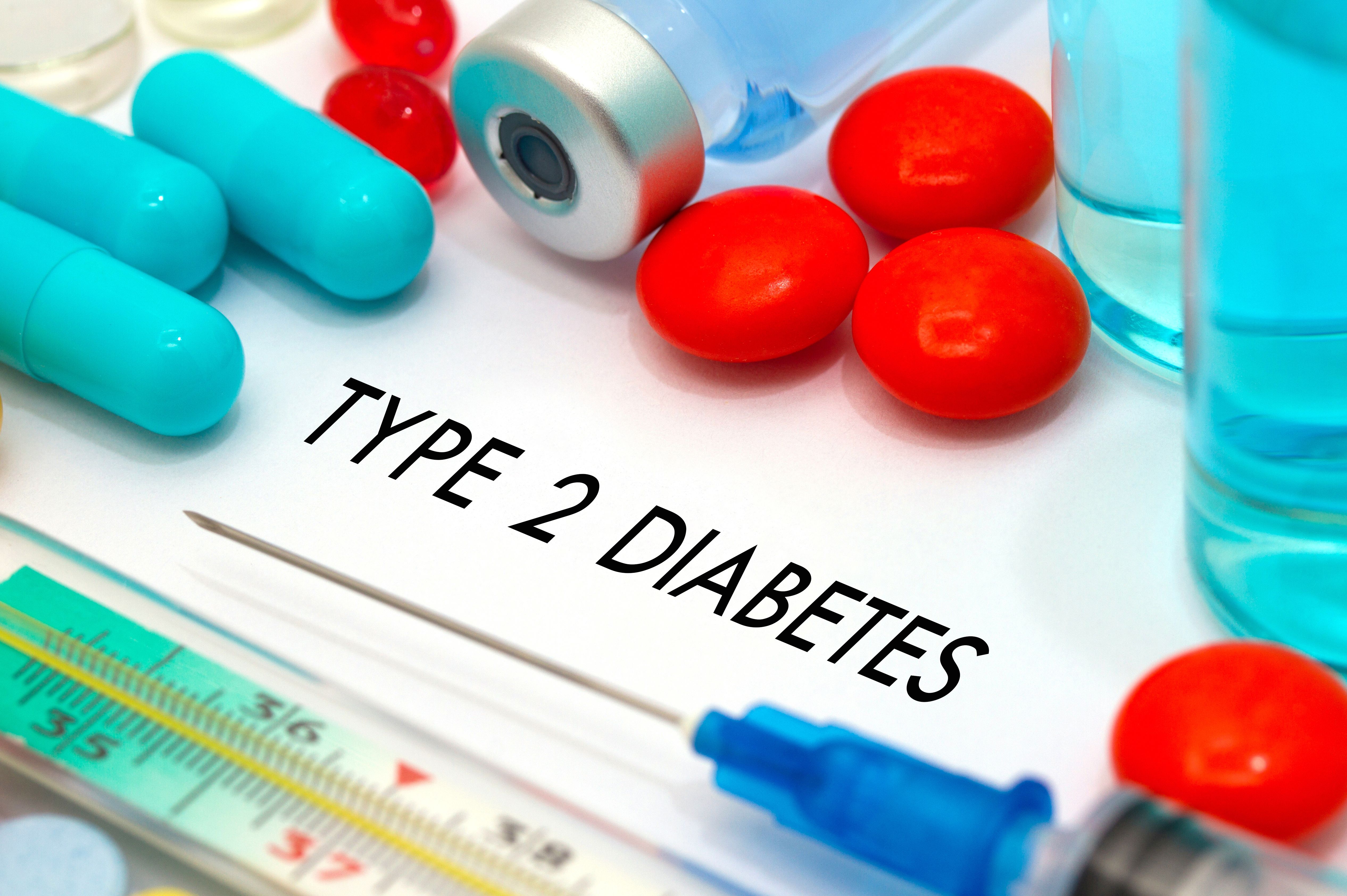Article
Race Impacts DME Treatment Efficacy, Study Finds
Author(s):
Black individuals with diabetic macular edema (DME) exhibited a significantly lower likelihood of visual acuity improvement following intravitreal bevacizumab treatment compared with White and Hispanic patients.
Black individuals with diabetic macular edema (DME) exhibited a significantly lower likelihood of visual acuity improvement following intravitreal bevacizumab treatment compared with White and Hispanic patients, according to study results published in the American Journal of Ophthalmology.
DME is a leading cause of vision loss in patients with diabetes worldwide, while standard care includes intravitreal injections with agents like bevacizumab. Patients with DME also exhibit increased levels of vascular endothelial growth factor (VEGF), which results in abnormal retinal fluid accumulation and vision loss, authors wrote.
Although studies have shown Black individuals have a higher susceptibility for developing DME, studies which compare the efficacy of treatment with anti-VEGF agents predominantly include White subjects. In addition, African American and Black adults are also 60% more likely to have been diagnosed with diabetes than White, non-Hispanic adults, according to data from the Office of Minority Health at HHS.
Researchers conducted a first-of-its-kind retrospective cohort study looking at race as a factor in treatment of DME.
Medical charts from anti-VEGF treatment naïve patients who presented to Boston University Eye Associated between 2010 and 2019 were included in the study. All patients were over the age of 18, had a diagnosis of DME, and received injections of bevacizumab. Data were collected at baseline, 1 to 3 months following a single injection (n = 314), and 1 to 3 months following 3 injections (n = 151).
“Primary outcomes were improvement in visual acuity as determined by an increase of at least 0.1 points on the LogMAR scale and percent reduction in central macular thickness (CMT) compared to baseline on Heidelberg spectral-domain optical coherence tomography (SD-OCT),” the researchers wrote.
Race cohorts were similar in age, baseline hemoglobin A1C (A1C), baseline visual acuity, and other potentially confounding factors.
Analyses revealed:
- The post-treatment LogMAR change in visual acuity was significantly less for Black individuals in both the single dose (P = .03) and 3 dose (P = .008) analyses
- After a single injection of bevacizumab, 26.71% of Black patients vs 39.39 % of Hispanic and 50.00% of White patients experienced improved visual acuity of at least 0.1 on the LogMAR scale (P = .002)
- 3-injection analyses showed a significantly smaller proportion of Black patients experienced improved visual acuity (33.82% of Black patients versus 54.76% of Hispanic and 58.54% of White patients (P = .02)
- There were no statistically significant differences in the reduction of CMT between the race groups. (P = .3)
Due to similarities in visual acuity outcomes between the White and Hispanic race groups, researchers regrouped race cohorts under ‘Black’ and ‘White and Hispanic.’ Investigators re-analyzed the data and found:
- After 1 injection, 44.64% of the combined White and Hispanic cohort showed visual improvement; after 3 injections, 56.63% showed improvement
- The new groups revealed a statistically significant trend that Black patients were less likely to exhibit improvement in visual acuity compared to the combined White and Hispanic cohort following both 1 and 3 injections (P = .006, P = .008)
"The results from our study show a gap in treatment for Black individuals with DME, despite the fact that they are more heavily impacted by this disease," study author Manju Subramanian, MD, said in a statement. “When clinical research trials don't include enough diversity, it will not provide comprehensive data about the efficacy across different racial and ethnic groups, which as we can see, results in disparities in care."
Different response rates to bevacizumab may be due to intrinsic genetic variation or socioeconomic differences, authors wrote. The retrospective design of the study also yielded several limitations including incomplete control of confounding variables. Strict selection criteria resulted in a limited number of individuals who qualified for the study. In the future, investigations could better assess the relationship between compliance and treatment efficacy, researchers noted.
“The implication that Black patients are more resistant to bevacizumab treatment, as found in our study, as well as evidence cited in prior studies that Black patients carry a significantly higher disease burden of DME, demonstrates the need to make every effort to incorporate an equal representation of racial groups in future studies,” the authors concluded. “Black individuals represent 13.4% of the US population but carry at least twice the prevalence of DME compared to White individuals and should be represented in DME research accordingly.”
Reference
Osathanugrah P, Sanjiv N, Siegel NH, Ness S, Chen X, and Subramanian ML. The impact of race on short term treatment response to bevacizumab in diabetic macular edema. Am J Ophthalmol. Published online October 9, 2020. doi:10.1016/j.ajo.2020.09.042
Newsletter
Stay ahead of policy, cost, and value—subscribe to AJMC for expert insights at the intersection of clinical care and health economics.




